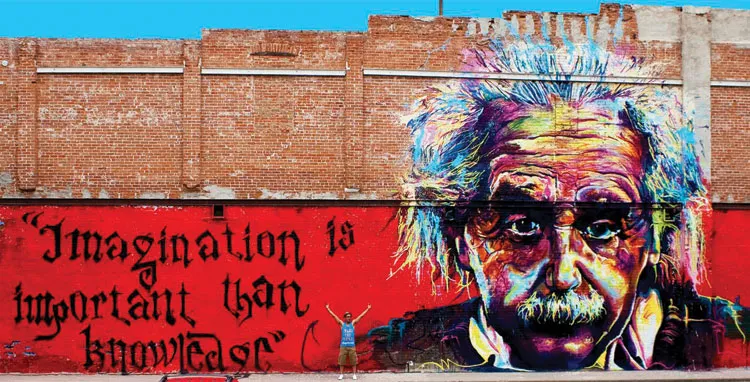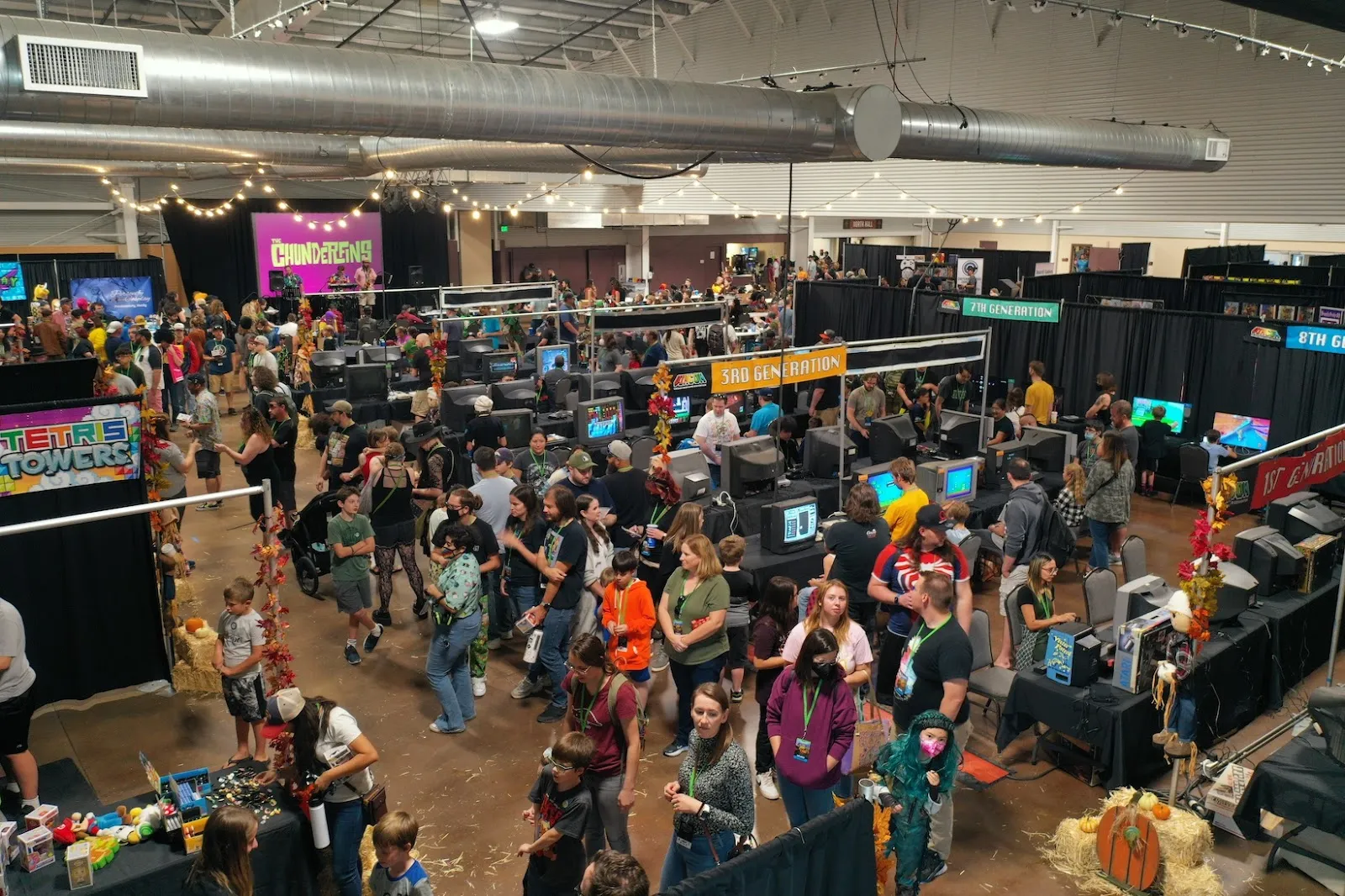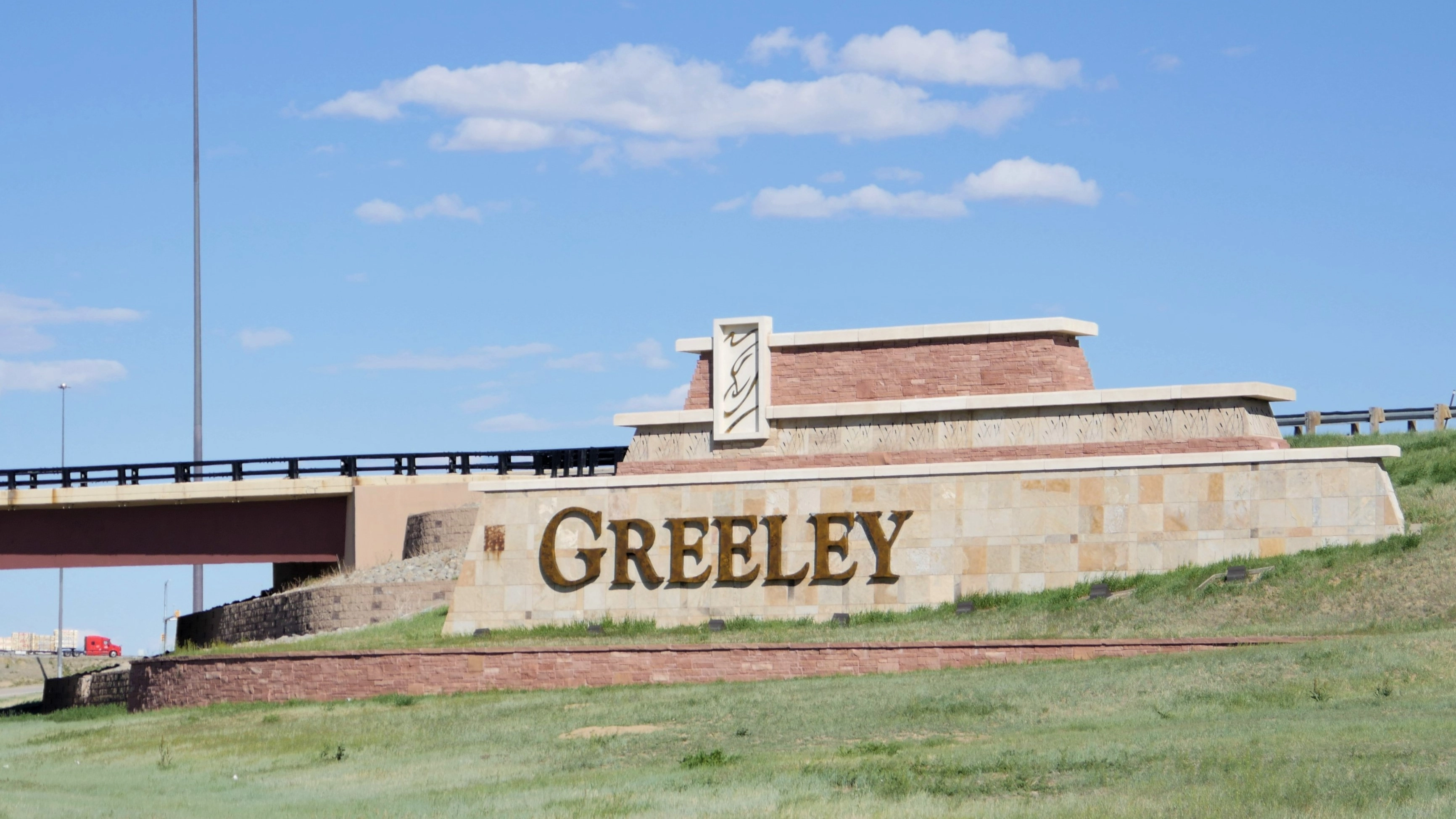‘Flowers that never wilt’
Mural art gains popularity in region

Art no longer has to be stuck in a gallery, museum or studio and is appearing on the sides of buildings, along alleyways and on transformer boxes and traffic cabinets in many Northern Colorado and Boulder Valley communities as a form of free art for the public.
“It’s a really cool way to look at art,” said Jess Bean, executive director of the Fort Collins Mural Project and a Fort Collins-based muralist and owner of J Bean Art LLC. “A lot of art lives in studios and galleries, and this is a public way of doing what we normally do as artists.”
The Fort Collins Mural Project installs murals across the city from North College Avenue to midtown and downtown and so far has commissioned 87 pieces. Murals also are commissioned by local businesses and funded by grants and entities such as the Fort Collins Downtown Development Authority and Art in Public Places, which provides art in other places such as on pianos and transformer boxes.
The murals that are part of the mural project typically are placed in highly visible public areas, such as on the fronts of businesses, but a few are “hidden gems” in alleys, on building backsides and places such as the back of the screen at The Lyric in downtown. A couple of the murals have been painted over by new business owners but most remain standing.
“We do it for the community and for the artists to get their names out as much as possible,” Bean said. “It’s nice to put the economic benefit back on our local business community as well.”
Murals can increase walk-in business up to 50%, boost morale by 40% and deter graffiti by 90%, according to Forbes, Bean said.
The mural project, founded in 2015, started out with individual projects, growing into a festival-style event, where artists work on individual murals during one week in September. The past two years, 15 artists worked on the projects with an opportunity to network, learn from one another and build their art careers.
“I think our public views them as flowers that never wilt, that never go away. They are always there adding something new and vibrant to your community,” Bean said.
The mural images are expansive and include animals, local flora and fauna, people from different cultures and of different abilities, and messages centered on mental health and LGBTQ and gender equality.
“Putting something up that’s such a large scale, knowing anybody can see it at any time, it’s a really cool way to look at art,” Bean said.
Murals started becoming popular as early as the 1920s when ads were painted on the sides of buildings, or in the 1980s when graffiti became popular, followed by the appearance of street art in the 1990s, a form of public-facing art that doesn’t have a public funding source, Bean said.
“Murals have been around this entire time, mostly interior and not fine art,” Bean said. “Exterior and fine art representation has been around since the late ’90s.”
The Greeley Downtown Development Authority initiated much of the murals in downtown Greeley, most of them through a partnership with the Greeley Art Commission, which initially placed five murals in the city from 2001 to 2011. The DDA commissioned Armando Silva, a Greeley artist and performer, to paint a mural of Einstein, “In The Middle of Difficulty Lies Opportunity,” on a downtown business that he redid in 2020 in partnership with muralist Zach Keiss.
“This is the mural that truly began the mural renaissance in downtown Greeley,” said Bianca Fisher, executive director of the DDA, adding that most of the murals in Greeley are downtown and some are privately commissioned with the subjects ranging from animals to people.
Soon after the installation of the Einstein mural, the DDA began collaborating with the Art Commission, operated by Greeley’s Culture, Parks and Recreation Department. Their largest project so far features the installation of music-themed murals in the Ninth Street Plaza with the aim to revitalize the alley — 15 were installed from 2014 to 2020 but two have since been decommissioned and may eventually be replaced.
“It’s an opportunity to celebrate the incredible artistic talent that is in Greeley and in our community, but also it’s a connector,” Fisher said. “It serves as a welcome more than just as an outdoor gallery space. It creates a sense of place. … There’s something for everyone to enjoy with all the art downtown.”
Since 2011, The DDA and Art Commission organized the painting and installation of 43 murals in downtown, 40 of which are still in place today. There’s also another 24 traffic cabinets and two mobile murals on a bus and an enclosed trailer for some of the city’s children’s programming.
“Murals are important, because they put a lot of color and action in an otherwise drab area,” said Kim Snyder, public art coordinator for Greeley’s Culture, Parks and Recreation Department. “When we have really old walls that are worn and not looking so good, we can put a lot of life and bright colors (on them).”
In Boulder, the primary drivers of mural installations are Boulder-based nonprofit Street Wise Arts and the city of Boulder’s Public Art Program that includes Creative Neighborhoods, a granting avenue for homeowners who want to see murals on their properties.
Street Wise Arts, founded in 2016, implements mural projects and street art through programs such as Street Wise Boulder, an annual “ARTivism” mural festival where local muralists focus on the themes of diversity, social justice and community resilience. The nonprofit also offers guided mural walking and biking tours and Community Projects, a collaboration among artists, community groups and businesses to install murals that celebrate local culture or social initiatives.
“When I started the organization, there weren’t a lot of murals here,” said Leah Brenner Clack, executive director of Street Wise Arts. “It was difficult to find walls and people who believed in the mission. It took a bit of time to get the ball rolling.”
The nonprofit initially installed two to five murals a year from 2016 to 2019 but increased that number with the start of the mural festival.
“Because people saw more and more murals around town, more people were willing to partner with us,” Brenner Clack said. “When you see art in the streets in a city, there’s an emotional connection or reaction. … It really fosters a sense of connection to a place.”
So far, the nonprofit has installed 140 murals all over Boulder, with four of them in Niwot — some of them have since been removed for redevelopment or covered over with new art.
“It’s an easier way to experience art,” Brenner Clack said. “It’s for everybody. It’s not something you have to go seek out. It finds you. That’s why it sparks so much joy and surprise … you feel like you’re finding something special.”
Loveland has several murals that have been installed through the city’s Art in Public Places grant program or by individuals and businesses.
The city of Loveland commissions artists to paint murals on transformer boxes and on buildings, such as The Foundry parking garage, the Beet Education Center and the Cleveland Station, which has since been removed and replaced with private art. The city has 22 murals downtown that are fully or partially funded by Arts in Public Places.
“They just are a beautiful element to add to the environment,” said Susan Ison, cultural services director for the city of Loveland. “People enjoy looking at them. It makes them a more engaging, beautiful place to walk around.”
Art no longer has to be stuck in a gallery, museum or studio and is appearing on the sides of buildings, along alleyways and on transformer boxes and traffic cabinets in many Northern Colorado and Boulder Valley communities as a form of free art for the public.
“It’s a really cool way to look at art,” said Jess Bean, executive director of the Fort Collins Mural Project and a Fort Collins-based muralist and owner of J Bean Art LLC. “A lot of art lives in studios and galleries, and this is a public way of doing what we normally do as…




